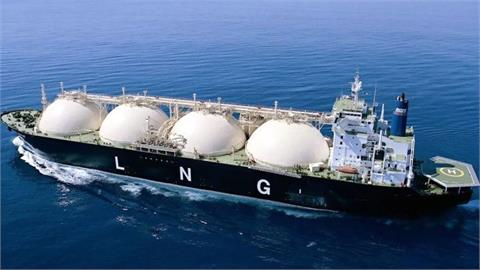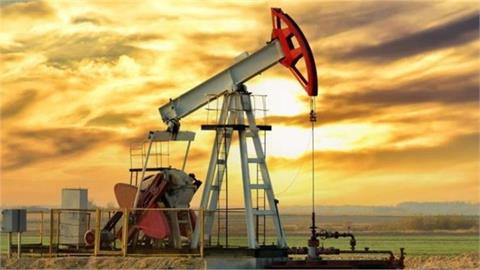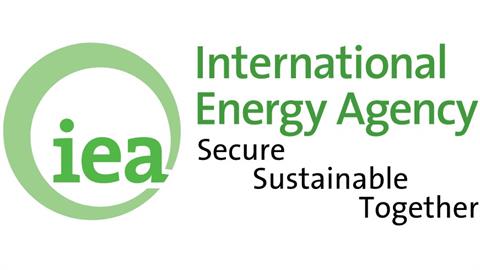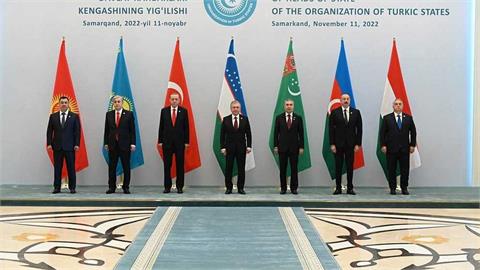The Eastern Mediterranean gas pipeline (East Med pipeline) provokes intense reactions. Its supporters consider it essential and transformative, a way to bring non-Russian gas into Southeast Europe and, thus, cement a geopolitical arc from Greece to Israel, while weakening Russia’s gas hold on Europe. Its critics see it as a delusion, an unrealistic project that cannot die soon enough. Meanwhile, the governments of Greece, Cyprus, and Israel continue to meet
The Eastern Mediterranean gas pipeline (East Med pipeline) provokes intense reactions. Its supporters consider it essential and transformative, a way to bring non-Russian gas into Southeast Europe and, thus, cement a geopolitical arc from Greece to Israel, while weakening Russia’s gas hold on Europe. Its critics see it as a delusion, an unrealistic project that cannot die soon enough. Meanwhile, the governments of Greece, Cyprus, and Israel continue to meet to try and advance this project. Can they succeed? The short answer: it is unlikely. But the project is not totally hopeless, and it is important for the project’s proponents and detractors to grasp why.
The East Med pipeline was first proposed in 2012 due to two realities. First, a lot of gas had been found in Israel and Cyprus—this gas needed to go somewhere, and Southeast Europe was a logical outlet. Second, Southeast Europe was preparing to buy gas from Shah Deniz 2 in Azerbaijan—companies were looking at markets, governments were reviewing permits and signing agreements, and financiers were engaged with project sponsors. When Shah Deniz 2 shortlisted (and then selected) the Trans-Adriatic Pipeline (TAP) as its preferred route, other pipelines, like the Italy-Greece-Interconnector, no longer had any gas to ship. The East Med pipeline was an alternative for a market that was already in discussions to buy additional gas.
Fast forward a few years and much has changed. For one, the supply options for Southeast Europe have grown. Shah Deniz 2 will soon deliver 10 billion cubic meters (bcm) a year at the Greek-Turkish border. The TurkStream pipeline might bring more gas into the region, and a series of proposed interconnectors could push that gas into the Balkans. Meanwhile, a liquefied natural gas (LNG) import facility at Revythoussa, in Greece, was just expanded, so more LNG can reach Greece (although import capacity was never a major constraint). And a proposed import terminal in Northern Greece just completed a (non-binding) market test, raising the prospect of additional gas being available. This region now looks well supplied.
Meanwhile, the demand picture looks inauspicious. Gas demand in Greece fell sharply from 2011 to 2014, but it has since recovered, reaching an all-time high in 2017 (demand in 2018 will be lower). In Bulgaria, gas demand has been flat for 15 years. This means Italy will have to drive this project, where demand has gone through a roller coaster: it fell by 27 percent from 2007 to 2014, before recovering to 2017. But even in 2017, demand was below its 2007 peak, and like other European countries, the outlook is unclear (the data for 2018 show a modest drop). In short, selling gas into this region is not easy: there are a lot of supply options, and demand is weak. This is not a booming market desperately in need of gas.
In the Eastern Mediterranean, two changes have taken place. The first is that not much additional gas has been discovered in the intervening years—at least not in Israel and Cyprus (there have been discoveries made in Egypt). There have been only two discoveries since 2013, and both have been smaller than the earlier mega-fields (Karish in Israel, and Calypso in Cyprus—the latter without an official resource estimate yet). Exploration is ongoing, of course, and additional resources may be found; but those extra supplies are speculative at this point.
Second, the existing discoveries have found an outlet in the immediate neighborhood (within Israel, Jordan and Egypt). Analysts like to reference how much has been found in the Eastern Mediterranean, but that gas is no longer looking for a new export route—it has been contracted for sale. To fill a pipeline of 15 or 20 bcm, which is the latest capacity being discussed, gas would have to be aggregated across many fields—fields with different owners, and across different countries. It is not clear that either a gas producer from the region or a buyer from Europe is ready to take on this aggregator role—and without it, a pipeline is virtually impossible to cobble together as we know from other cases around the world.
This progress in sales to nearby markets underscores another reality for the East Med pipeline: the project has been premised on the idea that exports beyond the region were needed to fully exploit the gas discovered. At some level, this might still be true. But sales within the region have been very robust. And even if exports outside the region are needed, it is not clear that the East Med pipeline is best positioned to serve this function—the under-used LNG export capacity in Egypt remains the prime candidate for most producers, including Aphrodite in Cyprus, which is the last major field yet to be sanctioned. (Calypso is another, but without an official resource estimate, it is unclear whether it is major.)
What could change this picture in favor of the East Med pipeline? First, additional gas discoveries could create a need for new evacuation routes. But there are two caveats to that statement. More gas could also boost the momentum for other export options, including an LNG export facility in Cyprus; and resources dispersed across different fields and countries will still struggle to be comingled into a single gas stream that can be sold. In other words, more gas is probably necessary to underpin this pipeline, but more gas could also tip the scales toward other development options or complicate further the task of aggregating disparate supplies.
This reality underscores two other imperatives. The East Med pipeline has to become a preferred option for producers—better than regional sales or LNG exports via Egypt or Cyprus, or exports to Turkey by pipeline. So far, this has not been the case. But one could imagine a scenario where the ability to sell Israeli gas into Jordan or Egypt gets caught up in political battles that lead to interruptions. (This is what happened to Egyptian gas sales into Israel, after all.) If other options look worse, the East Med pipeline might look less bad by comparison. This relative attractiveness is essential for the pipeline.
The final ingredient is leadership—not political or diplomatic leadership, which can help but also further entangle the project with the region’s complex geopolitics. Instead, the project needs commercial leadership—a company that can bring all the buyers and the sellers together. One key driver will be the risk appetite of suppliers: so far, most of the contracts for gas sales have included a firm price guarantee for producers. This formula will be difficult to replicate into Europe. The Shah Deniz 2 project, for instance, is exposed to the Italian hub price (PSV)—but Shah Deniz is also liquids-rich, which provides support for this price strategy (East Med gas is short on liquids). A new supplier into Southeast Europe will struggle to compete while demanding a firm price floor. Suppliers will need to accept more price risk.
There is, in short, a narrow path to success. The demand picture in Southeast Europe must improve for this project to proceed. Other supplies into the region must fail to deliver, creating an opening; or their gas must be more expensive. The existing outlets for East Med gas need to worsen, thus making the East Med pipeline attractive by contrast. And a major player has to emerge with the capacity and willingness to bring together buyers and sellers, finding a commercial formula that delivers secure revenue to producers while offering sufficient competitiveness and flexibility to buyers. All this is a long shot—and the geopolitical dividends dreamt up by the current project sponsors are unlikely to materialize even if the pipeline is built, especially if TurkStream brings more competition to Southeast Europe anyway. But it is still possible to envision a change in circumstances, however unlikely, that make the East Med pipeline a good option.
Nikos Tsafos is a senior fellow with the Energy and National Security Program at the Center for Strategic and International Studies in Washington, D.C.




